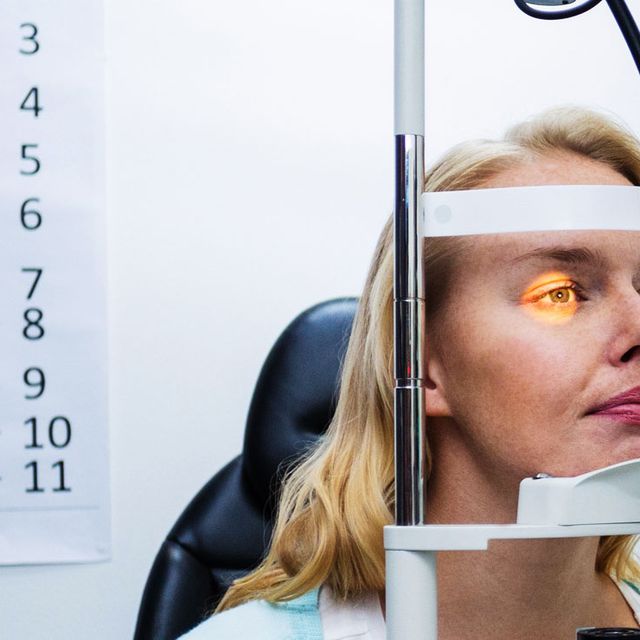
Blog

Diabetic retinopathy is a common eye disease affecting people with diabetes. Variable or chronically high blood sugar associated with diabetes causes this eye disease. Anyone with type 1 or type 2 diabetes is at risk of developing diabetic retinopathy. Pregnant women with diabetes are also at high risk of developing this eye disease.
Diabetic retinopathy develops due to high levels of sugar in the blood associated with diabetes. Too much sugar in the blood can cause damage to the blood vessels in the retina. The retina is the part of the eye that sends signals to the brain and detects light.
Diabetic retinopathy develops when sugar blocks the blood vessels in the retina, causing them to bleed or leak fluid. The eye will try to heal itself by growing new blood vessels to make up for the blocked blood vessels. However, these new blood vessels do not function well. When this part of the eye gets affected, it can cause blurred vision and even lead to vision loss.
Diagnosis
To check for diabetic retinopathy, specialized eye doctors perform the dilated eye exam. They apply special eye drops to the eyes, causing the pupils to dilate. This enables the eye doctor to see inside the eyes properly to check for any abnormalities. The doctor may choose to take some images to help them identify the leaking, broken, or closed blood vessels.
Treatment
Diabetic retinopathy treatment is not meant to heal the disease but to help stop or slow down the progression. The type of treatment depends on the specific condition and its severity.
Treatment for Early Diabetic Retinopathy
Patients with moderate or mild nonproliferative diabetic retinopathy may not be aware that they have this eye disease. At this stage, you may not experience any symptoms. That is why it is vital to go for regular eye exams. Your doctor can detect this disease on its onset.
During the early stages, the doctor will monitor the eyes closely. As it progresses, they will determine the right time to administer treatment. You should control your blood sugar to help slow down the progression.
Treatment for Advanced Diabetic Retinopathy
People with advanced diabetic retinopathy require urgent medical care. There are different treatment options for treating macular edema or proliferative diabetic retinopathy. These include:
- Vitrectomy: Eye doctors make small incisions on the patients’ eyes to remove scar tissues tugging on the retina and the blood in the middle of the eyes. Eye doctors do this surgery using general or local anesthesia.
- Panretinal photocoagulation: This is a form of laser treatment that removes abnormal blood vessels in the retina. A specialized eye doctor treats abnormal blood vessels that grow in the retina. They use scattered laser burns, causing the abnormal blood vessels to shrink and scar.
- Photocoagulation: This is another type of laser treatment done to slow or stop the leakage of fluid and blood inside the eye. Also known as focal laser treatment, this type of treatment does not treat blurry vision. It reduces the likelihood of the disease getting worse.
- Eye injections: This type of treatment involves the injection of medication directly into the patient’s eye. This helps decrease the fluid buildup and stops the growth of blood vessels in the eye. Eye doctors use anesthesia so the patient does not experience any pain during the procedure.
For more on diagnosing and treating diabetic retinopathy, visit Super Optical Express at our office in Gainesville, Florida. You can call 352-702-9700 today to schedule an appointment.



